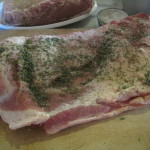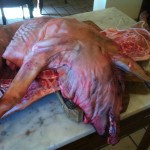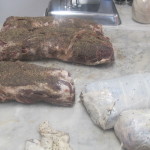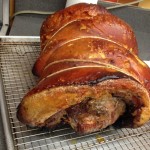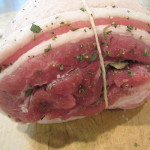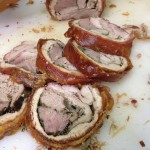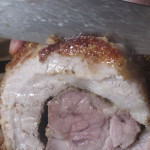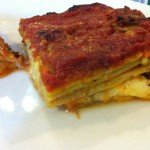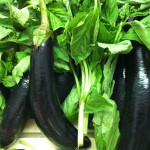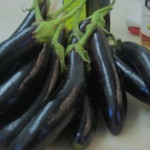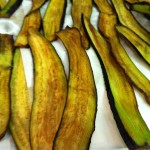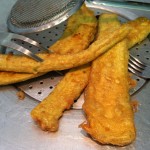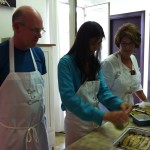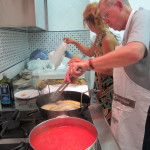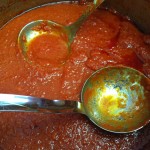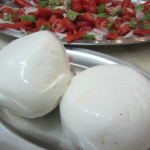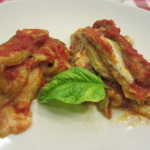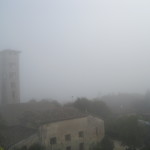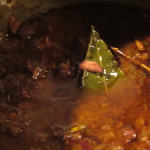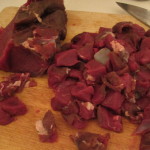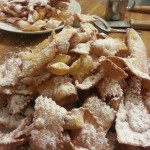 Italians love all things fried, from the savory to the sweet. The time before Lent begins on Ash Wednesday, which this year is February 18, is especially filled with traditional and seasonal fried sweets. The time is known as Carnevale and culminates on Shrove Tuesday, at which point the decadence ends and the fasting of Lent begins.
Italians love all things fried, from the savory to the sweet. The time before Lent begins on Ash Wednesday, which this year is February 18, is especially filled with traditional and seasonal fried sweets. The time is known as Carnevale and culminates on Shrove Tuesday, at which point the decadence ends and the fasting of Lent begins.
Well, not in Tuscany, where they go right from fried doughs for Carnevale to fried rice fritters for the feast of St Joseph in March!
The sweet fried doughs for Carnevale are known by different names throughout Italy: chiacchiere, lattughe (lettuce leaves), and cenci (rags) in Tuscany. There are other fried doughs served all through the year, such as bomboloni (doughnuts) for breakfast, or gnocco in Emilia Romagna, which aren’t sweet but are served with prosciutto di Parma as an antipasto. But the chiacchiere, cenci and lattughe are found only in January and February.
Cenci
2 1/2 cups AP flour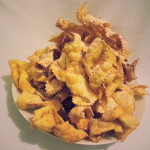
3 eggs
pinch of fine sea salt
1/4 cup sugar
1/4 cup sweet liquor (tuaca, cointreau)
1/4 cup water
Mix all ingredients together until a soft dough forms, adding additional flour if too sticky to handle. Let it rest 15 minutes then roll through a pasta machine to form thin strips, adding flour when necessary. Fry in peanut oil and dust with powdered sugar.
